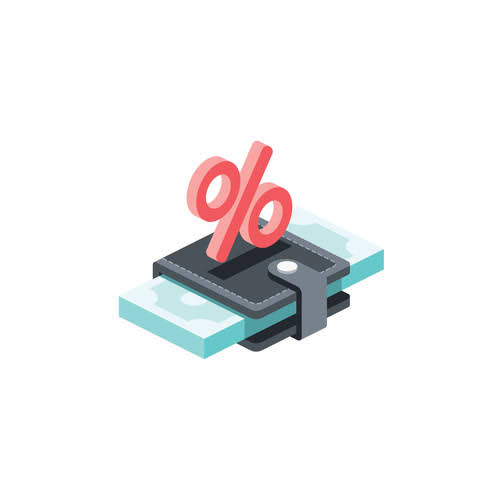
Under the straight-line method, the 10-year life means the asset’s annual depreciation will be 10% of the asset’s cost. Under the double declining balance method the 10% straight line rate is doubled to 20%. However, the 20% is multiplied times the fixture’s book value at the beginning of the year instead of the fixture’s original cost. Implementing the double declining balance depreciation method can have implications on a business’s cash flow and planning.
How to use the double declining depreciation calculator?

If 80 items were produced during the first month of the equipment’s use, the depreciation expense for the month will be $320 (80 items X $4). If in the next month only double declining depreciation 10 items are produced by the equipment, only $40 (10 items X $4) of depreciation will be reported. Note that the account credited in the above adjusting entries is not the asset account Equipment.

Applying the Double Declining Balance Method in Real-World Scenarios

This adjustment is relevant for businesses that frequently acquire new assets or dispose of old ones throughout the year. Partial-year adjustments aim to match depreciation expenses more precisely with the periods during which the asset was in use, offering a more accurate depiction of financial performance. Various software tools and online calculators can simplify the process of calculating DDB depreciation. These tools can automatically compute depreciation expenses, adjust rates, and maintain depreciation schedules, making them invaluable for businesses managing multiple depreciating assets. Of course, the pace at which the depreciation expense is recognized under accelerated depreciation methods declines over time. All assets decline in value over time and may need considerable amount of maintenance costs to keep assets in a fair use in later years.
Calculating depreciation using DDB, step-by-step
- Each method serves a distinct purpose based on the asset’s usage pattern, making it crucial for businesses to choose the most appropriate approach to match the asset’s life cycle and performance.
- If you make estimated quarterly payments, you’re required to predict your income each year.
- It’s crucial that any chosen depreciation approach not only aligns with your business’s financial tactics but also meets regulatory requirements.
- However, if a company’s depreciable assets are used in a manufacturing process, the depreciation of the manufacturing assets will not be reported directly on the income statement as depreciation expense.
The account balances remain in the general ledger until the equipment is sold, scrapped, etc. To introduce the concept of the units-of-activity method, let’s assume that a service business purchases unique equipment Accounts Payable Management at a cost of $20,000. Over the equipment’s useful life, the business estimates that the equipment will produce 5,000 valuable items. Assuming there is no salvage value for the equipment, the business will report $4 ($20,000/5,000 items) of depreciation expense for each item produced.
How to Calculate Declining Balance Depreciation

Companies use depreciation to spread the cost of an asset out over its useful life. The double declining balance method allows businesses to depreciate assets more rapidly in the initial years of their useful life. This Online Accounting approach benefits assets that lose value quickly or become obsolete at a faster rate.





